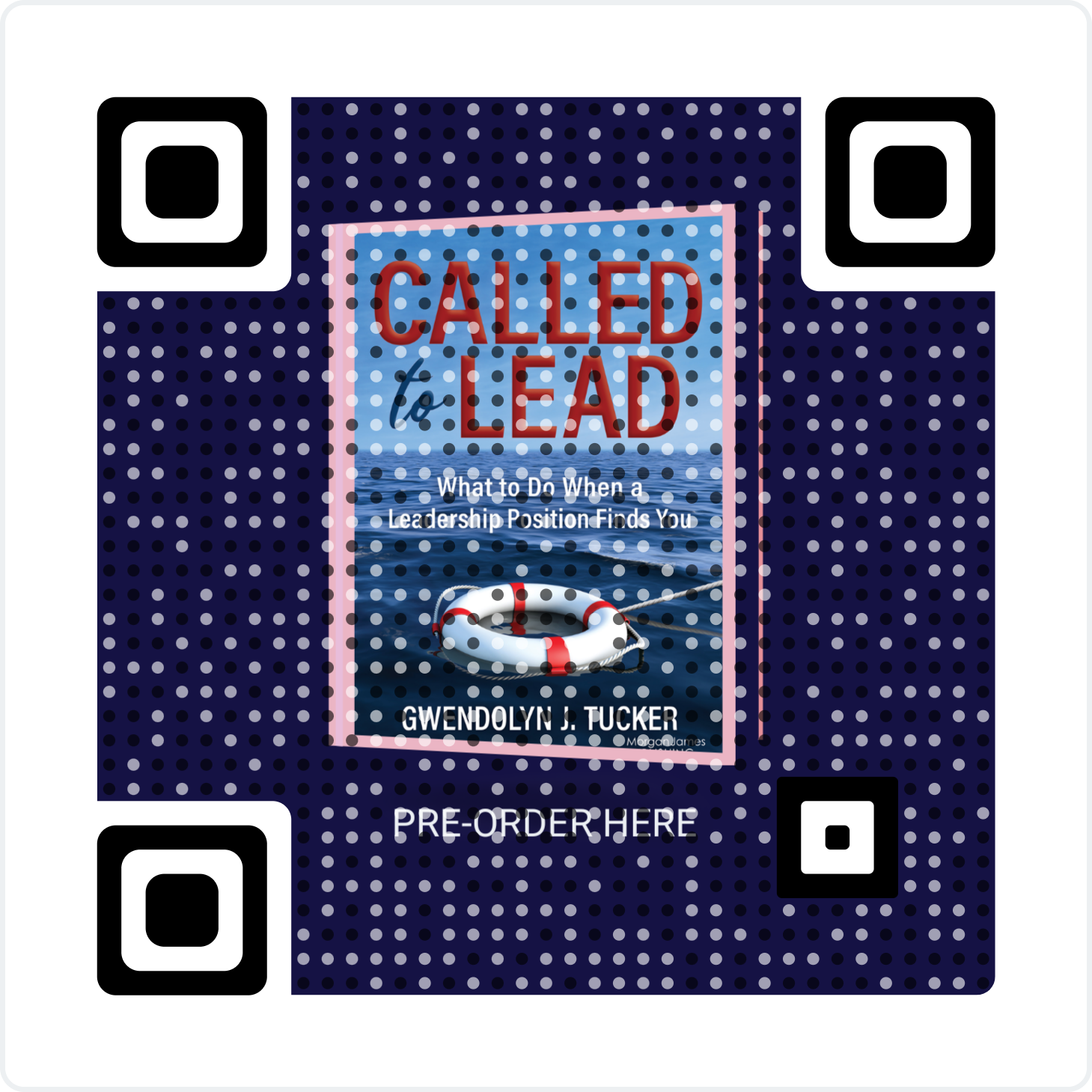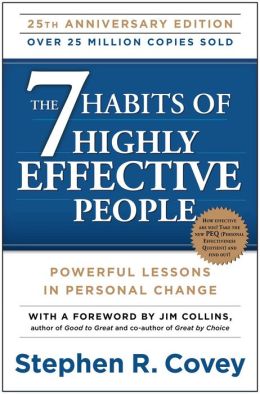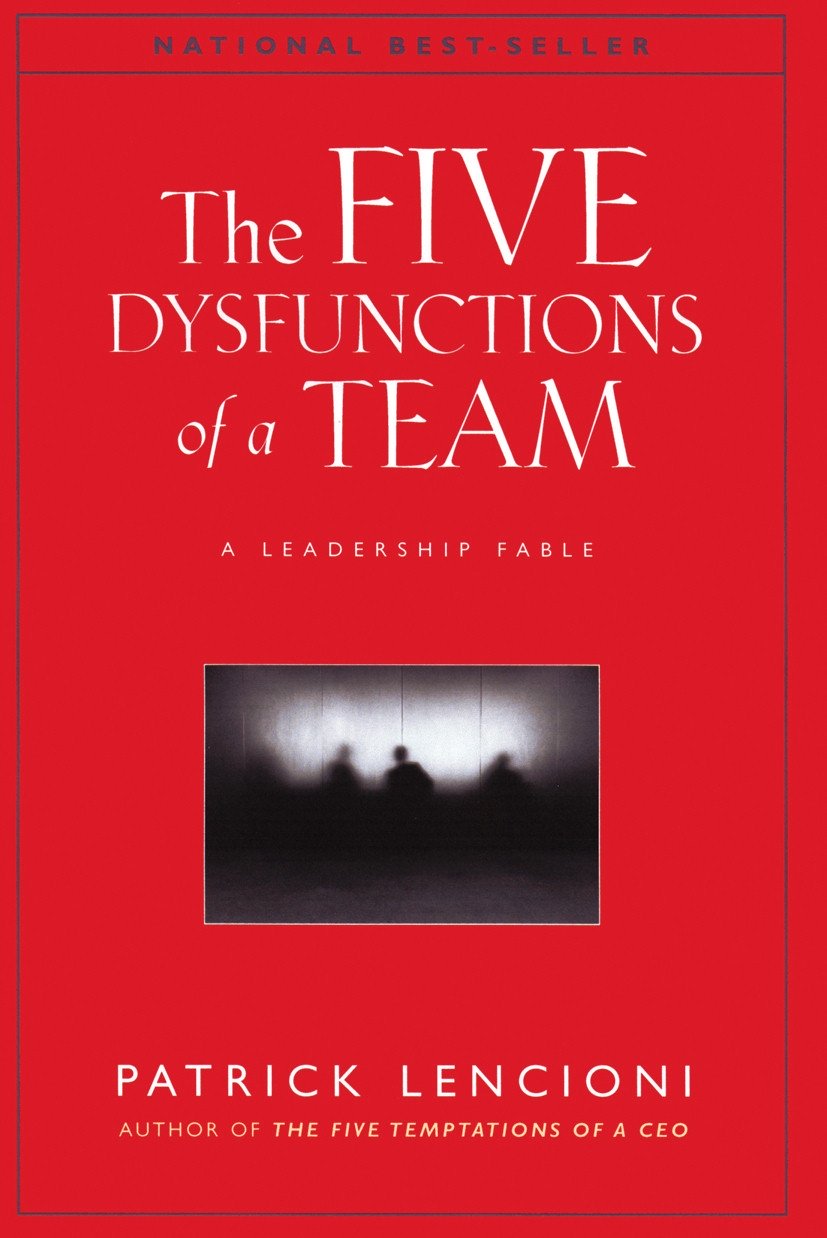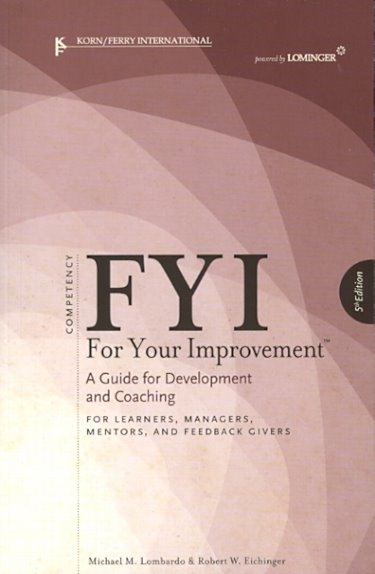Managing Conflict
Since conflict is inevitable, developing skills for managing conflict is critical to success: both to you as a leader and for your team. Developing skills to manage and resolve conflict will help you get and stay "ahead of the game."
But to manage conflict, it is important to recognize it when it occurs. This quote by Eugene Peterson says it well: Be alert at noticing differences and quick at mending fences. Recognizing AND resolving conflict as it arises makes for smoother sailing.
Maccoby & Studder Conflict Management Styles
Maccoby and Studder are well known for their work. They identify steps for managing conflict, which are shown below.
If you haven't done so already, please review the Conflict Management Styles and assess your preferred style.
Often, It is easy to judge ourselves based on our intent, and others based on their actions or behaviors. Therefore, "testing" or talking with a trusted colleague about your self-assessment will help you get a more objective opinion to confirm your assessment.
The conflict management style we choose can depend upon the situation and the person(s) involved. For instance, when dealing with a person in authority we may be more cooperative and less assertive.
The video below offers four (4) tips for managing conflict.
Steps for Managing Conflict
To better understand your strengths and weaknesses in this area, it is important to understand the process for handling disagreements.
My natural personality is towards harmony and peace, which means I have a tendency to avoid conflict. Now, it is good to not intentionally create conflict, but avoiding conflict can be detrimental to healthy working relationships.
Maccoby and Studder identify these five steps:
- Anticipate
- Prevent
- Identify
- Manage
- Resolve

Step #1 - Anticipate
Since conflict is inevitable when two or more parties come together, anticipate it so you won't be surprised when a difference of opinion occurs.
As you are anticipating conflict, prepare yourself with strategies for resolving it. Take into consideration the person with whom you will be dealing and the current state of your working relationship (is it positive or negative).
These Fair Fighting Ground Rules may prove helpful in identifying strategies to prevent/minimize unhealthy conflict.
Step #2 - Prevent
Prevention is the best cure, but in reality all disagreements cannot be prevented.
But it is possilbe to prevent unhealthy conflict. So, focus on preventing conflict from "getting out of hand." The best way to do that is to acknowledge conflict as it surfaces.
(Please see Fair Fighting Ground Rules for more information.)
Step #3 - Identify
Identify conflict for what it is. Eugene Peterson said it well: Be alert at noticing differences and quick at mending fences.
Instead of ignoring the "elephant" in the room, acknowledge that a disagreement exists. Then proceed to identify the issues and interests of the parties involved. Why interests? Because if a person doesn't have a vested interested in a topic or area, chances are it will not become an issue.
Think about it. If you have no interest in something, what is your response? You can take it or leave it. Why? Because it doesn't matter to you. It is when something matters that the potential for conflict arises, because the other person may have an opposing view.
Step #4 - Manage
Managing oneself in the midst of a disagreement can be challenging. It requires that you acknowledge the underlying reason(s) and emotions, both yours and the other parties involved.
Maccoby and Studder assert that conflict is emotional. Although the various parties may believe the conflict is based solely on principle and reason, emotion is involved and should be acknowledged.
If not, it will be difficult to reach a mutual resolution.
Step #5 - Resolve
Resolving conflict takes time, skill AND will. Because emotions can be high, it requires that both parties work toward resolution.
I once heard it said that forgiveness takes one, but reconciliation takes two. That means that both parties much share a vested interest in resolving the conflict.
When conflict is not resolved, count on it surfacing again and again, possibly in a more aggressive manner.
- See more on Managing Conflict.
- Drop The Rock
- Fair Fighting Ground Rules
- Dealing with Difficulty
- Go to Home.
On A Personal Note
I married late in life, so I was pretty set in my ways. (Smile.) Fortunately, my husband to be and I had the opportunity to enroll in premarital counseling. One very valuable book we received was The Seven Conflicts by Tim and Joy Downs.
Learning and applying the information contained in this book helped me better handle conflicts at home, at work and at play.
I am a better person for it. It resulted in me being more open to listening rather than just insisting on having my say.
Communication is two-way conversation. That's true in marriage and all healthy relationships.
Unresolved Conflict: It's No Joke!
One day while riding in the car I was listening to the radio. At one of the breaks, the announcer said this: "Have you heard about the two row boats who had an argument?" The other person said, "No, I haven't heard that one."
The first announcer said, "It was an oar deal! Get it?" Then she chuckled.
But, in real life, unresolved conflict is no laughing matter. It's not an "oar deal" but it can mushroom into an ordeal. It's best to nip in the bud as soon as possible.
Speaking of nipping conflict in the bud. How's your relationship with your boss? Does it need a check-up? If so, check out the Boss Relationship info below.
Improve Your Relationship with Your Boss
Are you looking to improve your relationship with your boss? If so, the Boss Relationship Worksheet will help you better understand and communicate more effectively with your immediate supervisor.
To download your copy, submit your information on the form below.
After completing the Boss Relationship Worksheet, you will find that the following will prove helpful in showing you how to cultivate a better working relationship with your boss:
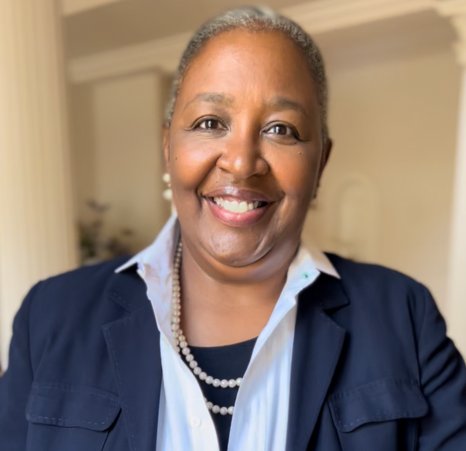 |
I published my first book and I am beyond excited.
Get your FREE copy of Called to Lead!
ORDER PRINT HERE
Leaders don't
create
followers.
Leaders
create
other
leaders.
- Tom Peters





